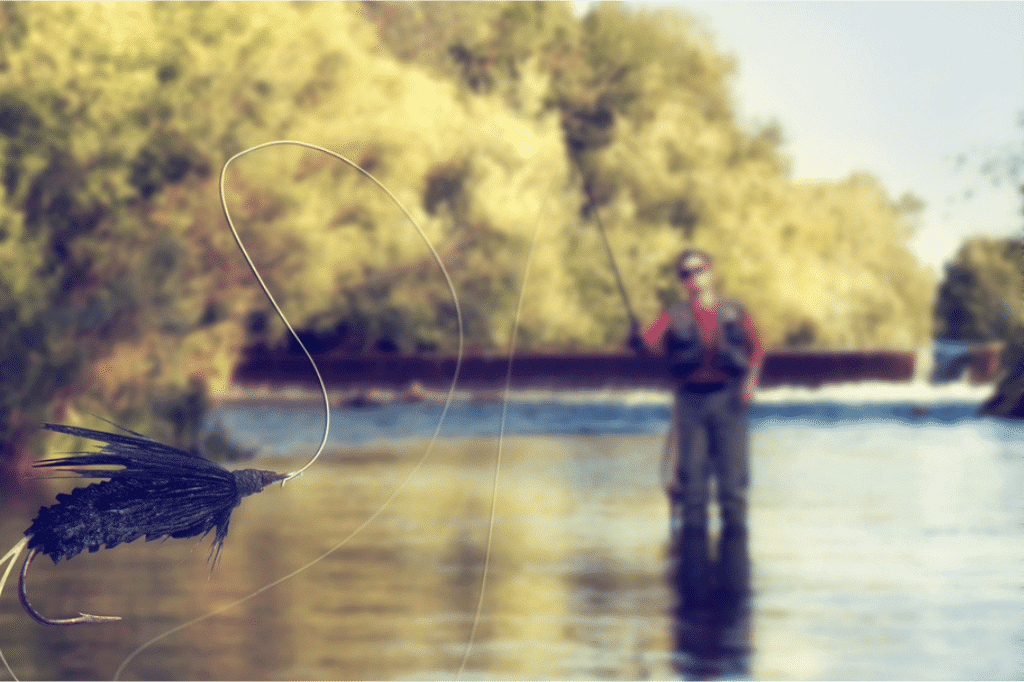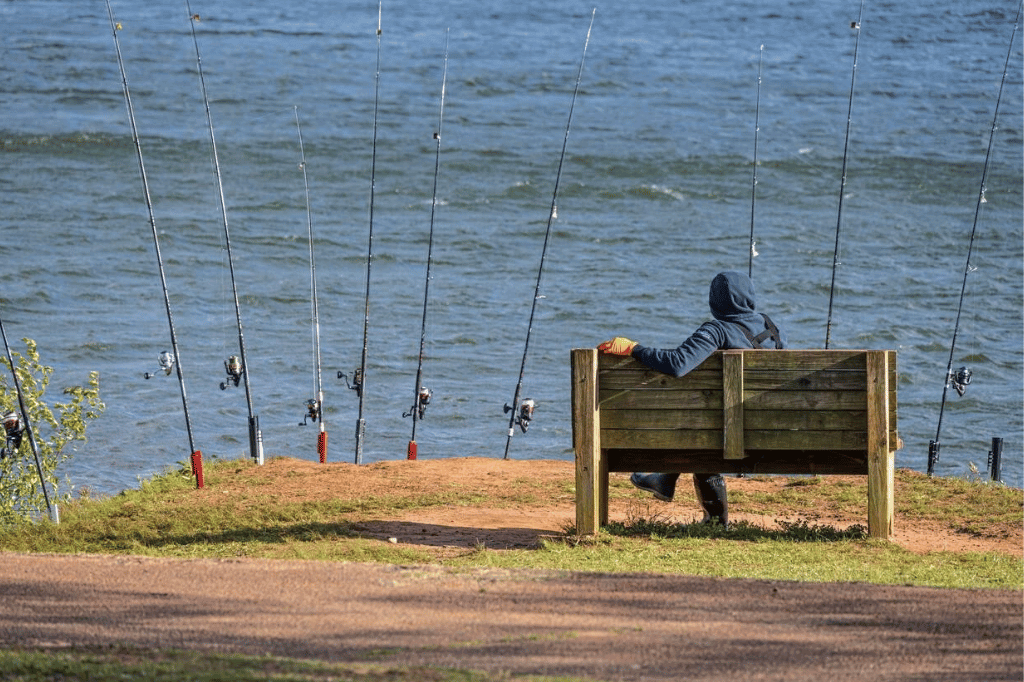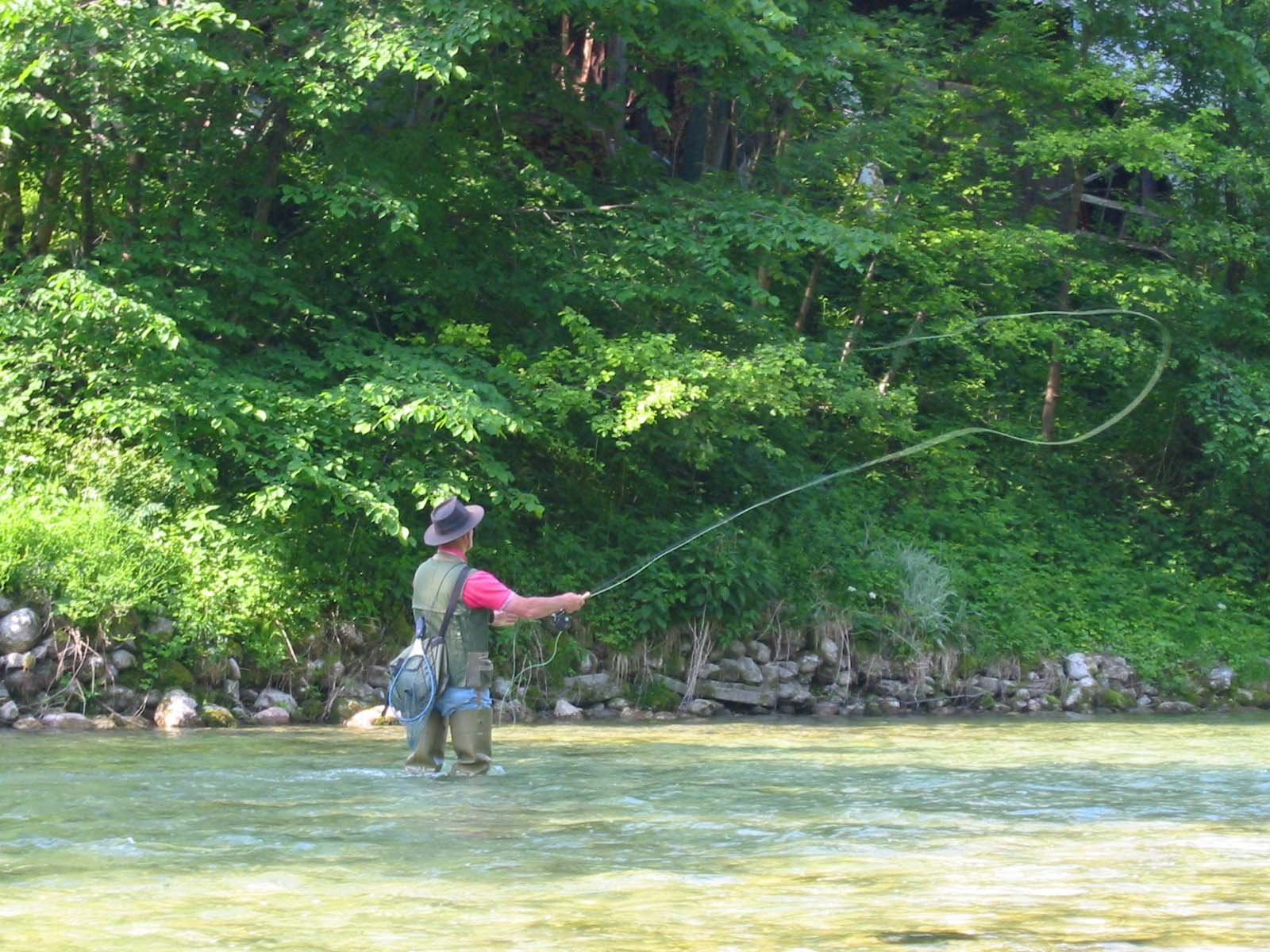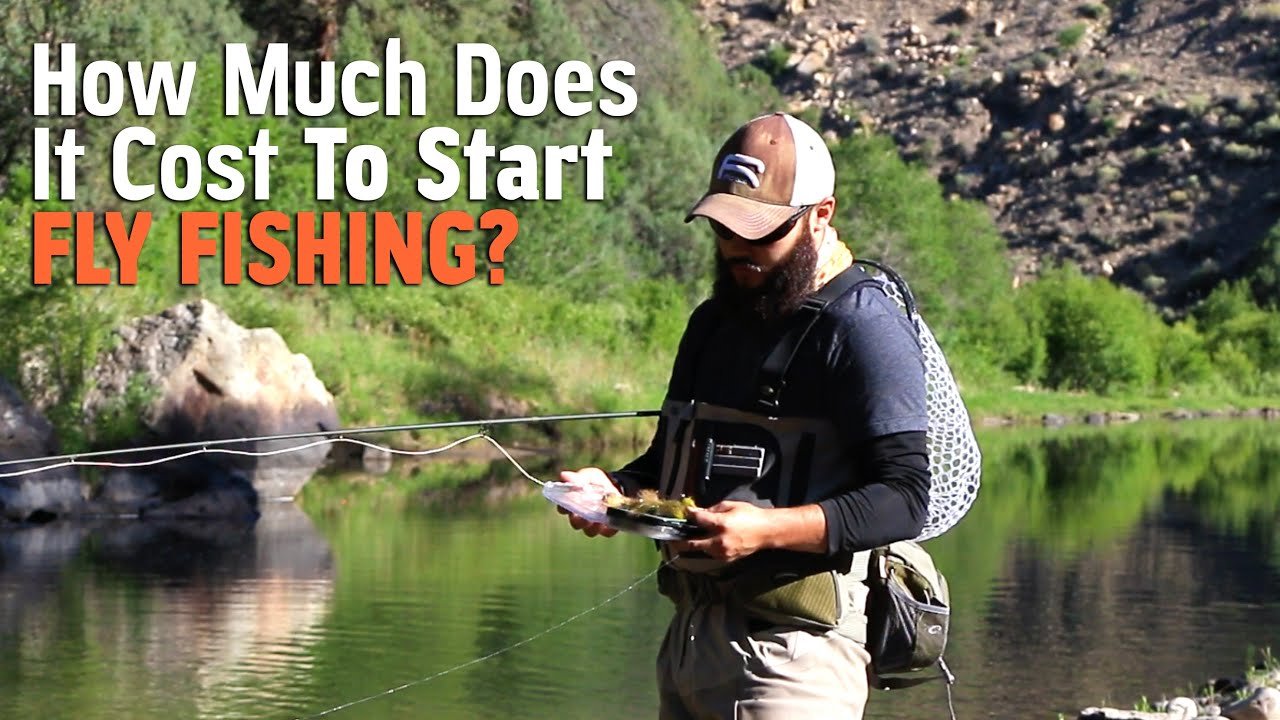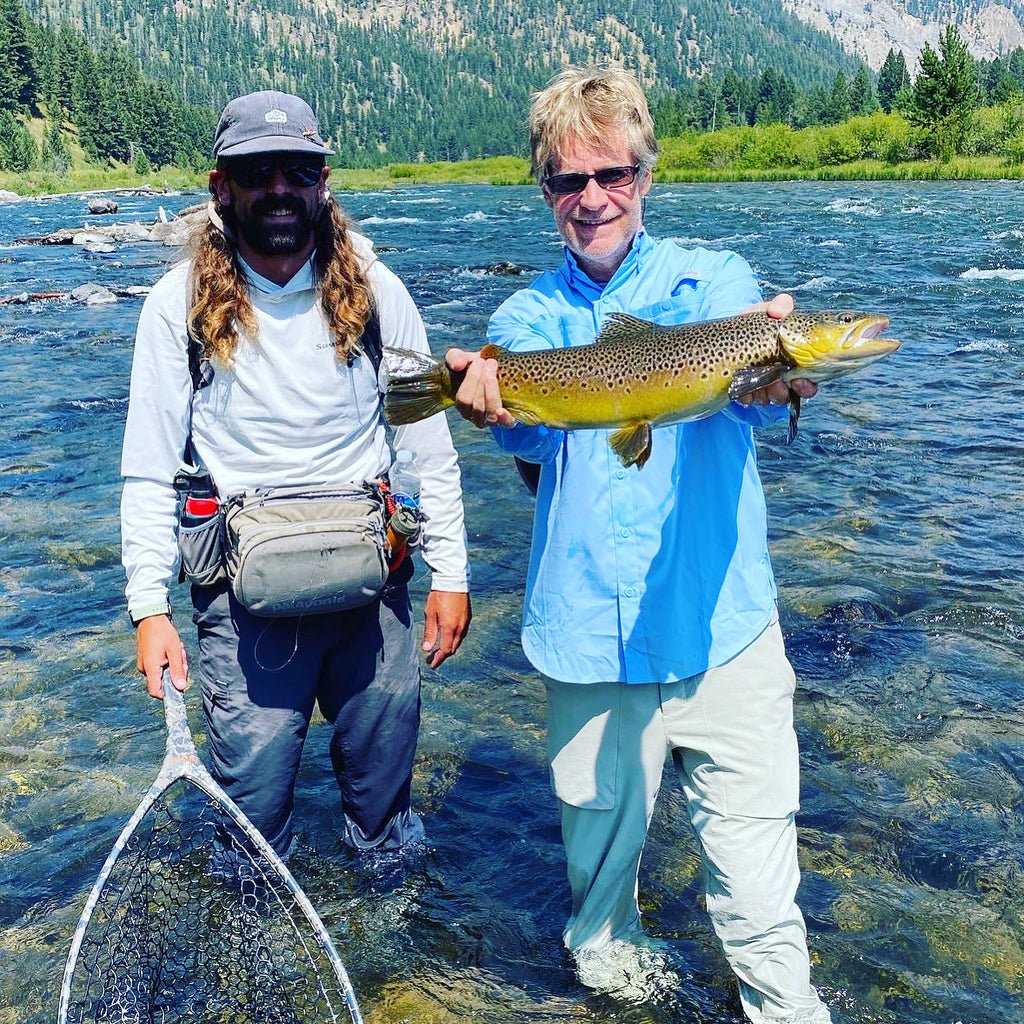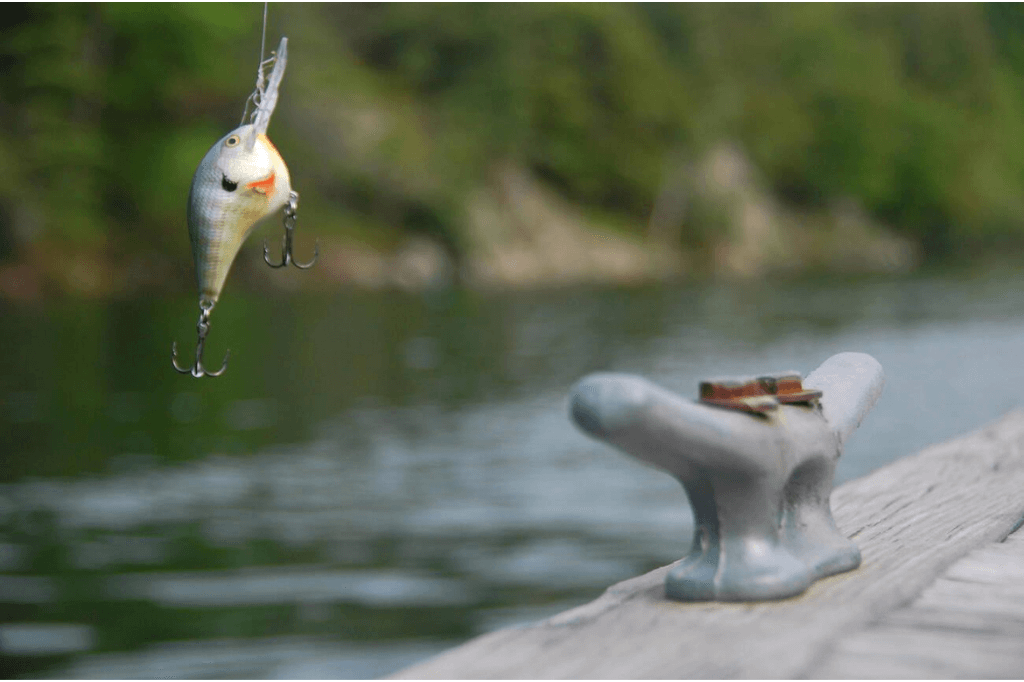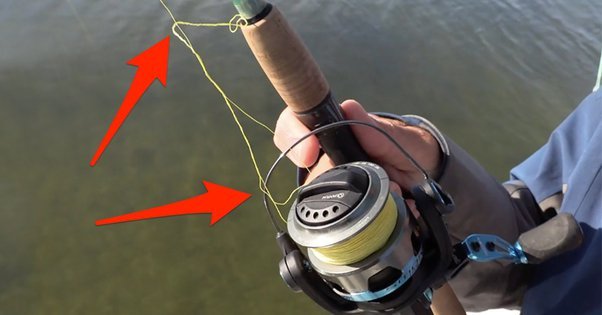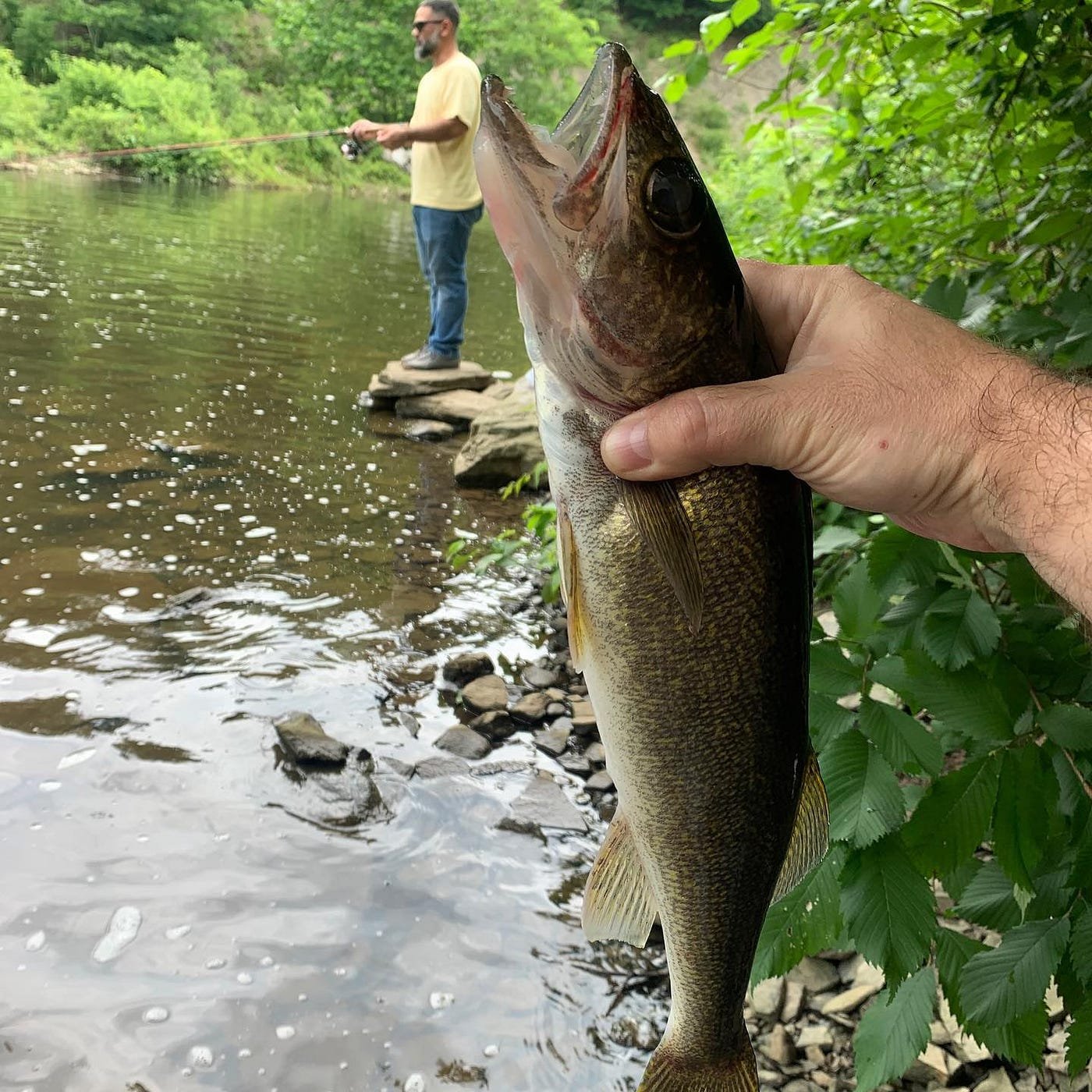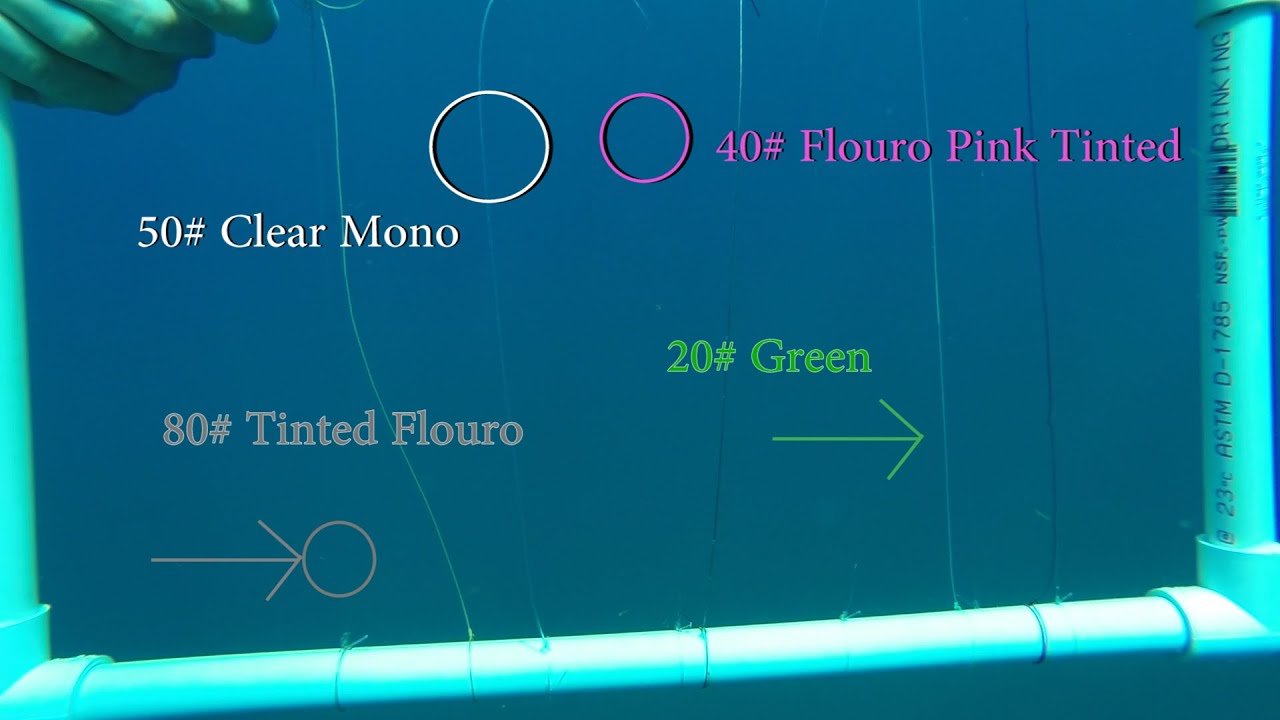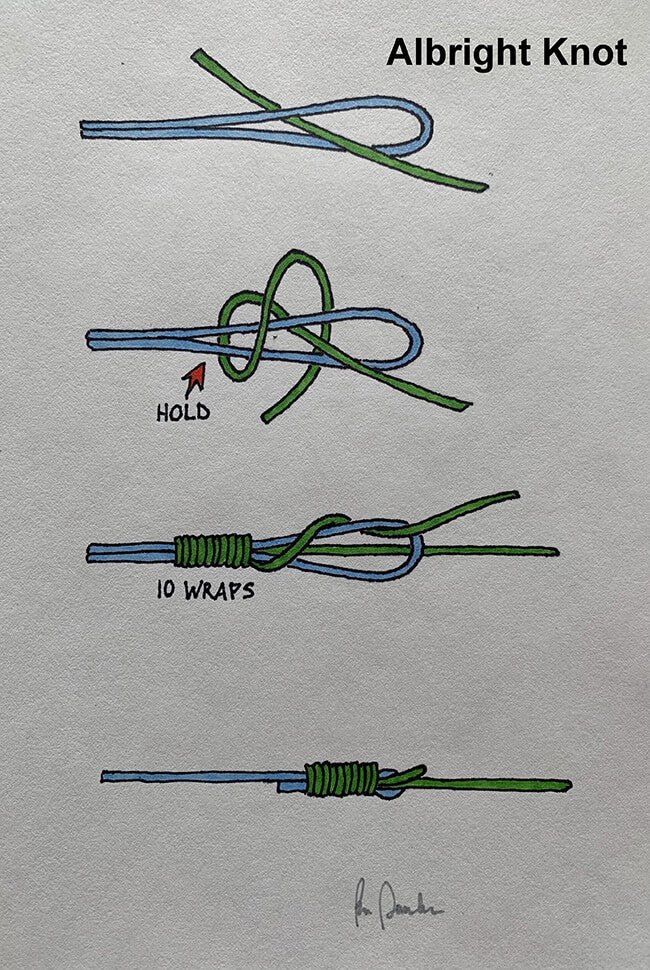Float tube fishing is a growing trend that combines the tranquility of being on the water with the excitement of reeling in your catch. It’s an affordable and convenient option for fishermen who want to navigate through tight spots without the hassle of a boat.
Using a float tube, anglers can quietly approach areas where fish are hiding, increasing their chances of a successful catch. This form of fishing requires minimal gear, making it ideal for spontaneous trips and exploring local water bodies. Whether you’re targeting bass in a lake or trout in a stream, float tube fishing can enhance your angling adventure and bring you closer to nature.
Introduction To Fishing From Float Tube
Fishing from a float tube presents an intimate water experience. Anglers glide silently, accessing spots unreachable by boat. It’s a blend of relaxation and sport, offering a unique angle to hook fish.
The Lure Of The Water
Fishing enthusiasts find tranquility on water. Float tube fishing elevates this peace. Close to the surface, the world’s noise fades. Fishers connect with nature, focusing on the ripple of water and the dance of the lure.
Advantages Of Using A Float Tube
- Stealth: Float tubes allow for a stealthy approach, keeping fish undisturbed.
- Accessibility: Reach secluded spots where big fish hide.
- Exercise: Paddling is a gentle workout, good for health.
- Cost-Effective: Float tubes are more affordable than boats.
- Portability: Easy to transport and set up.
Choosing The Right Float Tube
Are you ready to catch big fish from a float tube? Picking the right one is key. Let’s dive into how to choose the best float tube for your fishing adventures.
Types Of Float Tubes
Float tubes come in different shapes and sizes. Each type suits different water bodies and fishing styles. Let’s explore the common types:
- Round Tubes: Great for calm waters. They are stable and easy to maneuver.
- U-shaped Tubes: Offer better movement and comfort. Ideal for longer fishing trips.
- Pontoon Tubes: Best for rough waters. They provide excellent stability and speed.
Key Features To Look For
Choosing the right float tube is not just about the type. Consider these essential features:
| Feature | Why It’s Important |
|---|---|
| Material | Durable materials last longer and resist punctures. |
| Weight Capacity | Ensures safety and stability on the water. |
| Storage | More pockets and compartments mean more gear with you. |
| Seat Comfort | A comfortable seat allows for longer fishing sessions. |
Remember: The right float tube enhances your fishing experience. Consider the water you’ll be in, your fishing style, and the features you value most. Happy fishing!
Essential Gear For The Perfect Trip
Embarking on a float tube fishing adventure? The right gear sets you up for success. Let’s dive into the essential gear for the perfect trip.
Personal Flotation Devices
Safety first! A personal flotation device (PFD) is a must. Not all PFDs are alike. Choose one that is comfortable and does not limit movement. Look for devices with pockets. They are great for storing small gear. Bright colours are best. They make you visible to other water users.
Fishing Tackle Must-haves
- Rods and Reels: A lightweight, durable rod and reel combo works best.
- Lures and Baits: Variety is key. Include topwater lures, jigs, and soft plastics.
- Line and Leaders: High-quality, waterproof line prevents snapping. Leaders keep your line from breaking near the hook.
- Tools: Bring along pliers, line cutters, and a net. They make catching and releasing fish easier.
Remember: Organizing your gear before you head out saves time. It also keeps your float tube clutter-free. Happy fishing!
Mastering Float Tube Maneuvers
Fishing from a float tube offers a unique experience on the water. It brings anglers closer to the action. Mastering the art of maneuvering your float tube will enhance your fishing adventure. Let’s dive into the techniques that will make you a pro at paddling and navigating through various water conditions.
Paddling Techniques
Effective paddling ensures smooth navigation and better control. Keep your movements steady and even. This will help you stay on course without scaring away fish.
- Use your legs – They are your main motor. Kick gently to glide over the water.
- Keep rhythm – Consistent kicks maintain speed and direction.
- Rest when needed – Take short breaks to keep your energy up.
Navigating Different Water Conditions
Each water body has its own challenges. Be prepared to tackle them with these tips.
- Calm waters – Ideal for beginners. Use this time to practice your kicks and turns.
- Windy conditions – Face the wind. Short, quick kicks will help you stay in control.
- Currents – Go with the flow. Use the current to your advantage for less work and more coverage.
Fishing Tactics From A Float Tube
Imagine gliding quietly over the water, immersed in nature, with every cast promising an adventure. That’s the essence of fishing from a float tube. It’s intimate, effective, and offers a unique approach to catching fish.
Casting Strategies
Mastering the art of casting from a float tube elevates the fishing experience. It’s crucial to adapt casting techniques to the water’s surface level.
- Use short, accurate casts to place lures precisely.
- Practice sidearm casts to avoid snagging your line on the water.
- Keep a high rod tip to control the lure’s trajectory.
Stealth And Approach
Float tubes allow anglers to sneak up on fish like a silent predator. The key is to blend with the environment.
- Move slowly and quietly, minimizing water disturbance.
- Approach target areas from the downwind side.
- Use natural cover like reeds and shadows to stay hidden.
Seasonal Fishing From A Float Tube
Fishing from a float tube offers a unique angle to water adventures. Every season brings new challenges and opportunities. Anglers adapt their strategies to match the changing conditions. This ensures a rewarding experience throughout the year.
Adapting To The Seasons
Fishing tactics vary with the seasons. Winter demands thick clothing and patience. Fish move slower in cold water. Spring wakes the water up. Fish become more active. Summer means early mornings or late evenings are best. The heat can make fish dive deeper. Fall brings another active period. Fish feed heavily before winter.
- Winter: Use slow-moving baits. Fish deeper waters.
- Spring: Look for spawning fish in shallows. Use brighter lures.
- Summer: Fish during cooler times. Try deeper areas.
- Fall: Use baitfish patterns. Fish are aggressive.
Species-specific Tips
Each fish species has unique behaviours. Know these to catch them from a float tube.
| Fish Species | Season | Tips |
|---|---|---|
| Bass | Spring/Fall | Use topwater lures. Target structures. |
| Trout | Spring/Winter | Try flies or small spinners. Fish near streams. |
| Panfish | Summer | Small jigs work best. Look for vegetation. |
| Pike | Spring/Fall | Use larger lures. Fish in weedy areas. |
Safety Precautions On The Water
Fishing from a float tube offers an immersive experience on the water. Yet, safety remains a top priority. Knowing the risks and preparing for emergencies ensures a safe and enjoyable outing. Let’s explore the essential safety precautions to consider before venturing out on the water.
Weather And Water Considerations
Check the forecast before heading out. Sudden weather changes can turn a serene trip into a risky situation. Wear a life jacket at all times. It keeps you afloat if you fall into the water. Be aware of water temperatures; cold water can lead to hypothermia. Know the water body’s layout. Hidden obstacles can cause accidents. Stay close to shore. It allows for easy return in case of an emergency.
Emergency Preparedness
Carry a whistle. It’s a simple tool to signal for help. Keep a waterproof bag with essentials. Include a first-aid kit, snacks, and water. Learn basic first aid. It can save lives in an emergency. Tell someone your plan. Let a friend or family member know where you are going and when you plan to return. Keep your mobile phone in a waterproof case. It ensures you can call for help if needed.
- Always wear sun protection. Sunscreen and a hat protect against sunburn.
- Stay hydrated. Drink water regularly to avoid dehydration.
- Use the buddy system. Fish with a friend for added safety.
Conservation And Ethics
Fishing from a float tube offers a unique way to enjoy nature. But, it’s important to fish responsibly. This means taking care of the water and the fish. Let’s talk about how we can do this.
Catch And Release Practices
Catch and release is a key part of fishing ethically. It helps keep fish populations healthy. Here’s how to do it right:
- Use barbless hooks. These hooks are easier to remove and less harmful to fish.
- Handle fish with wet hands. This protects their slime coat, keeping them healthy.
- Keep the fish in water. If you take a photo, make it quick. Fish can’t breathe out of water!
- Use a rubber net. Rubber nets are gentler on fish than other types.
Respecting The Ecosystem
A healthy fishing spot is full of life, both in and out of the water. We must protect these places. Here’s how:
- Don’t leave trash behind. Always take your trash with you. This keeps the water clean for fish and people.
- Be careful with bait. Use only bait that is safe and natural for the area. This keeps the ecosystem balanced.
- Stay clear of nests. Fish nests, called redds, are where fish lay eggs. Avoid these areas to protect future fish populations.
- Practice safe boating. Use your float tube carefully. Avoid areas with lots of plants. This helps protect fish homes.
Capturing The Moment
Fishing from a float tube offers a unique perspective on the water. It allows anglers to blend into the environment seamlessly. Capturing these moments creates lasting memories. Photos and stories can share the thrill with others.
Photography Tips On The Water
Stability is key when shooting from a float tube. Use a waterproof camera or phone case to protect your gear. Consider a floating strap to prevent sinking mishaps.
- Plan for lighting – Early morning or late afternoon offers the best natural light.
- Adjust settings – Use a high shutter speed to capture quick movements.
- Keep it handy – Have your camera within easy reach for sudden action.
Practice taking photos before your trip. This ensures you get the best shots when the moment arises.
Memorable Catch Stories
A great catch becomes a tale to tell. Every angler has their story of the one that didn’t get away.
| Date | Location | Species | Size |
|---|---|---|---|
| June 12 | Lake Wonder | Rainbow Trout | 18 inches |
| August 4 | River Peace | Smallmouth Bass | 22 inches |
Share these stories with friends and family. They add to the joy of your fishing adventures.
Credit: en.wikipedia.org
Conclusion: The Thrill Of The Catch
After hours afloat, the moment of victory arrives. You feel the tug, the line tightens, and the adrenaline surges. The battle between angler and fish is a dance of skill, patience, and luck. The prize is not just the fish, but the memory of the catch, the story to share, and the satisfaction of the challenge met.
Reflecting On The Float Tube Experience
Time on the water in a float tube transcends fishing. It’s about connection with nature, the peace of solitude, and the joy of the sport. Each paddle stroke takes you to the heart of the action, offering a unique perspective. The water’s embrace and the whispers of wildlife create an unforgettable atmosphere.
- Close encounters with fish
- Surrounded by serene nature
- Personal growth as an angler
Encouragement For Future Adventures
With each trip, confidence grows. New spots beckon, each promising potential for a big catch. The float tube is not just a vessel, but a companion on this journey. The invitation is open: waters unexplored, fish unseen, and stories waiting to be told. Grab your gear, embrace the adventure, and let the waters guide you to the next thrilling catch.
- Build your skills with practice
- Explore diverse fishing spots
- Share tales of your catches
Set out with a spirit of discovery, and the waters will reward you.
Frequently Asked Questions
Are Float Tubes Good For Fishing?
Yes, float tubes are excellent for fishing. They offer easy access to remote water areas, enhance stealth for catching wary fish, and are portable. Ideal for anglers seeking flexibility and a closer connection to the water.
Do You Need Waders For Float Tube Fishing?
Waders are not mandatory for float tube fishing, but they provide warmth and protection against cold water and underwater hazards.
When To Use A Floater In Fishing?
Use a floater in fishing to keep bait near the surface or when targeting fish feeding on topwater. Ideal for calm, shallow waters, it aids in casting accuracy and bite detection.
What Do You Need To Float Tube Fish?
To float tube fish, you need a float tube, fins, a pump, a fishing rod, and a personal flotation device for safety.
Conclusion
Exploring the serene waters by float tube offers anglers an unparalleled experience. This method enhances your connection with nature and improves fishing success. Embrace the adventure and tranquility float tube fishing brings. Remember, preparation and safety are key. Happy fishing and may your lines always be tight and catches plentiful!
















